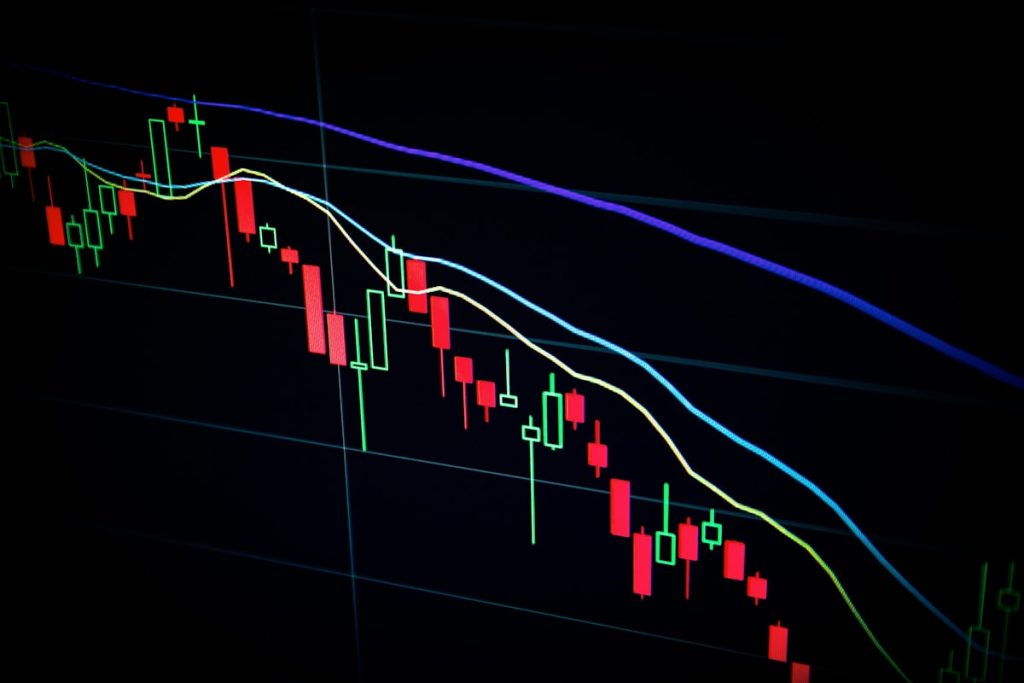Stocks Close Lower Amid Trump’s New Tariffs and Weak Jobs Data
U.S. stock markets retreated sharply on Thursday as investors grappled with a double dose of negative news: former President Donald Trump’s proposed tariffs on imported goods and a weaker-than-expected jobs report. The Dow Jones Industrial Average fell 1.5%, the S&P 500 dropped 1.2%, and the Nasdaq Composite declined 1.8%, marking the worst single-day performance in months.
Trump’s Tariff Proposal Rattles Markets
Former President Donald Trump announced plans to impose a 10% across-the-board tariff on all U.S. imports if re-elected, reigniting fears of a renewed trade war. The proposal, targeting major trading partners like China and the European Union, sparked concerns about higher consumer prices and disrupted supply chains. Industrial and technology stocks bore the brunt of the sell-off, with companies reliant on global trade seeing significant declines.
- Automakers dropped 3% amid fears of retaliatory tariffs.
- Semiconductor stocks fell 2.5% due to potential supply chain disruptions.
- The U.S. dollar strengthened 0.8% as investors sought safe-haven assets.
Weak Jobs Report Adds to Gloom
The Labor Department’s June jobs report further dampened sentiment, showing the economy added just 150,000 nonfarm payrolls—well below the 240,000 forecast. The unemployment rate unexpectedly rose to 4.1%, its highest level since November 2023. Wage growth also slowed to 3.9% year-over-year, signaling potential cracks in the labor market.
“The combination of trade uncertainty and softening employment data creates a perfect storm for risk assets,” said Linda Harper, chief economist at Bernstein Capital. “Investors are questioning whether the Fed can cut rates aggressively enough to offset these headwinds.”
Sector Performance and Investor Reaction
Cyclical sectors, including materials and energy, underperformed the broader market, dropping 2.3% and 2.1%, respectively. Bond yields slid as traders priced in a higher probability of Federal Reserve rate cuts, with the 10-year Treasury yield falling 12 basis points to 4.18%. Meanwhile, gold prices climbed 1.4% as a safe-haven play.
Economic Implications and Outlook
Analysts warn that Trump’s tariff plan could exacerbate inflation while the jobs data signals weakening economic momentum—a scenario that complicates the Fed’s policy path. “The market is pricing in stagflation risks,” noted David Kwon, portfolio manager at Vantage Advisors. “If tariffs take effect, the Fed may have to choose between fighting inflation and supporting growth.”
Global markets mirrored the downturn, with European stocks closing 1.3% lower and Asian indices sliding over 2% in Friday’s session. Investors will monitor upcoming CPI data and central bank commentary for clues on the economy’s trajectory.



